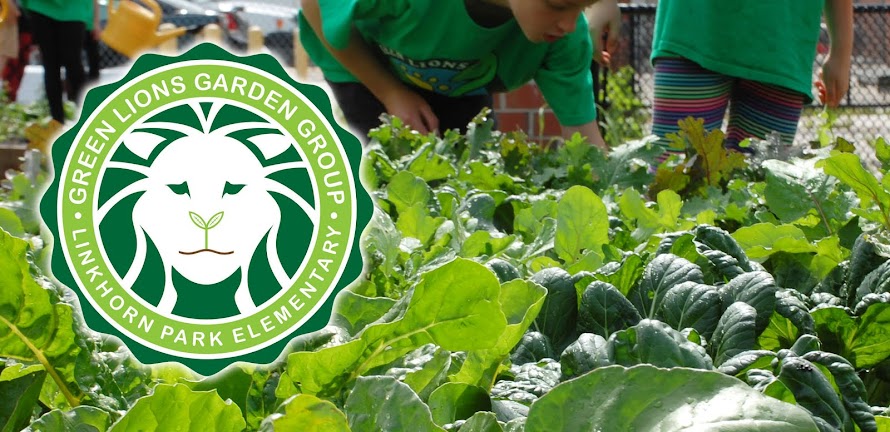As Fall sweetens the garden greens and the peppers and herbs start to wind down for the year, the students of the Green LIONS Garden Group harvested garden produce to sell to teachers and parents. First we made signs to advertise the event. Then we loaded up baskets of beautiful veggies to showcase our garden produce. Finally, students divided into groups to visit teachers and school administrators to practice their selling techniques and public speaking skills. They were also required to collect money, make change, harvest to order and deliver the orders they received. Budding entrepreneurs!
Harvesting vegetables they grew themselves from a garden they help to maintain is the ultimate lesson in eating locally. We explore many lessons in this program from gardening to waste reduction to pollination. We jump around a bit dipping our toes in different areas of environmentalism and sustainability. Students learn to feel empowered by how they can make a difference with attainable goals like recycling and water conservation. But ultimately this garden program teaches students the importance and value of supporting local growers, producers, artisans and business owners, and growing some of our own healthy food. Not only does this help our community and local economy, but it has a butterfly effect of helping heal the planet.
At our last meeting, students saw a tangible example of how making a simple choice of cooking a bowl of pasta can be a chance to make a better choice. By weaving a ball of yarn into a large web with 26 different steps in the process of obtaining a jar of pasta sauce—from the soil where a tomato plant will grow all the way up to the cashier at the grocery store who takes your money for the jar of sauce—students saw all of the steps and people involved in our food system. Another scenario was offered—one where it is summer and we have a pot of tomatoes and basil growing on our patio. We walk out to harvest our own ingredients to make a tomato sauce for our pasta. We were able to cut our process from 26 to 10 steps.
We also learned what vegetables and fruits grow so we can strive to eat what is in season. Students assembled a Local and Seasonal Food Wheel to use with their families when shopping for produce. It isn’t always possible to only eat what is in season, but just a few well-chosen items can lesson our carbon footprint. With fewer miles to travel, local produce helps to reduce carbon dioxide emissions.
Small choices make big impacts. When we choose to buy local, seasonal produce at farmers’ markets or grow our own we are voting with our dollars to have cleaner air and soil. We put money back into our economy and enjoy fresher, more nutritious produce. Everyone can grow something for their family even a small pot of herbs in a windowsill. There are ample options in our community to find local produce through farmers’ markets and mindful grocery stores. This blog has a list of some of those venues for anyone to reference.

















